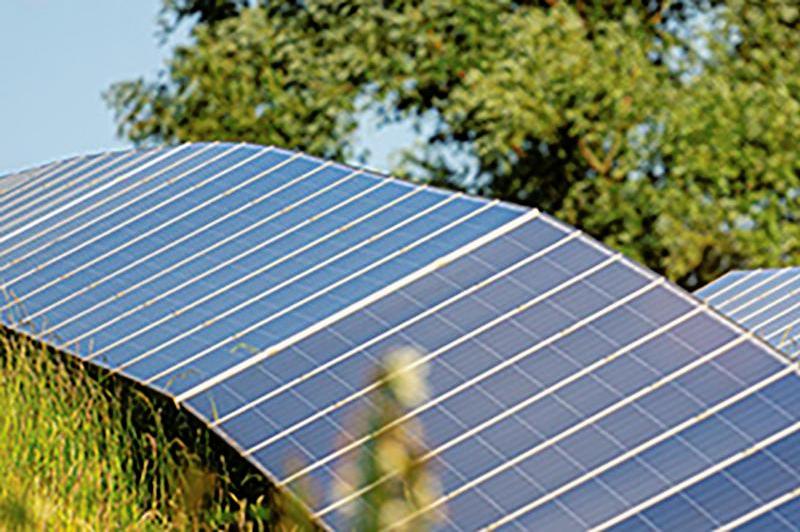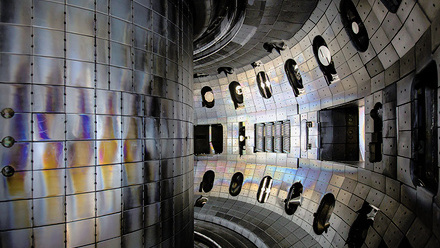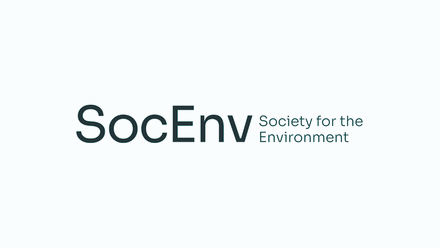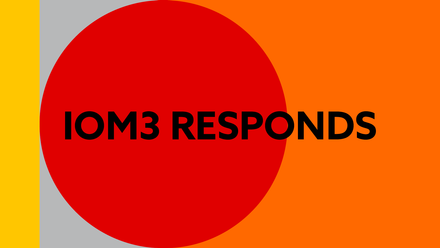Water-based solution recycles perovskite solar cells
All parts of a perovskite solar cell can reportedly be recycled repeatedly.

Conventional methods rely on hazardous solvents, posing substantial environmental and health risks of their own in tackling the looming problem of mounting solar cell waste. This mostly involves a substance called dimethylformamide, a common ingredient in paint solvents.
An aqueous-based recycling technique could address this, claim researchers at Linköping University in Sweden.
The researchers report the process involves a 'precisely controlled series of chemical reactions' designed to reclaim the valuable components of spent perovskite solar cells.
Postdoctoral researcher Xun Xiao says, 'We achieved this by designing a system that effectively controls the complex solution chemistry, and manipulates the coordinative ions and material phase changes, ultimately replacing hazardous solvents with water.'
They immerse the degraded perovskite material in 'a carefully optimised aqueous solution containing [water], sodium acetate, sodium iodide and hypophosphorous acid'.
Sodium acetate significantly enhances lead-iodide solubility, while sodium iodide is crucial for controlling the phase transitions to ensure the correct perovskite crystal structure forms. Hypophosphorous acid is essential in preventing undesired iodine oxidation, maintaining solution stability and enabling repeated reuse.
Xiao says this solution facilitates dissolution and careful control of the reaction environment to prevent unwanted by-products. Subsequently, the temperature is carefully controlled to precipitate high-purity perovskite crystals.
The paper published in nature reports a 99.0 ± 0.4wt.% recycling efficiency. The addition of iodine ions is crucial for managing the solution chemistry to recover the target perovskite phase and prevent the formation of less-desirable, lead-iodide phases. In later stages, ethyl acetate and ethanol are used in the recycling of the spiro-OMeTAD layer.
All chemicals were chosen for their low toxicity and environmentally benign nature, says Xiao.
The researchers report that their, 'aqueous-based recycling process is deliberately designed to minimise by-products and promote a closed-loop system. The residual solution containing lead is fully reclaimed and reused in subsequent cycles, effectively creating a nearly waste-free system'.
They assert, 'This contrasts sharply with traditional solvent-based recycling methods, which generate substantial quantities of toxic waste.'
The recycling method was initially developed for methylammonium lead-iodide perovskites but has proven adaptable. They have demonstrated its efficacy in recycling formamidinium lead-iodide perovskites.
Components such as spiro-OMeTAD, gold electrodes and tin-oxide-coated indium substrates are also recycled with different solvent-based methods.
This highlights 'its broader applicability within the context of perovskite-based solar technology'.
The Life Cycle Assessment also reveals energy savings. Xiao says, 'The analysis clearly demonstrates significant reductions in energy consumption due to the elimination of energy-intensive solvent recovery and purification processes that are central to traditional recycling methods.
'The calculated levelised cost of energy (LCOE) reductions of 18.8% and 20.9% for utility-scale and residential systems, respectively, show conclusively the energy efficiency gains.'
Xiao also points to the economic benefits in reducing the LCOE and conserving valuable materials from end-of-life perovskite solar cells.
Xiao says, 'The near 100% recycling efficiency, achieved while reclaiming high-quality materials, offers unique opportunities for creating a truly circular economy in this sector. This achievement could potentially transform industry practices and accelerate the transition towards a more sustainable energy future.'
They will be scaling up the process to an industrial level, which involves working closely with industry partners to refine their method, build pilot plants, and establish cost-effective and efficient recycling facilities.







